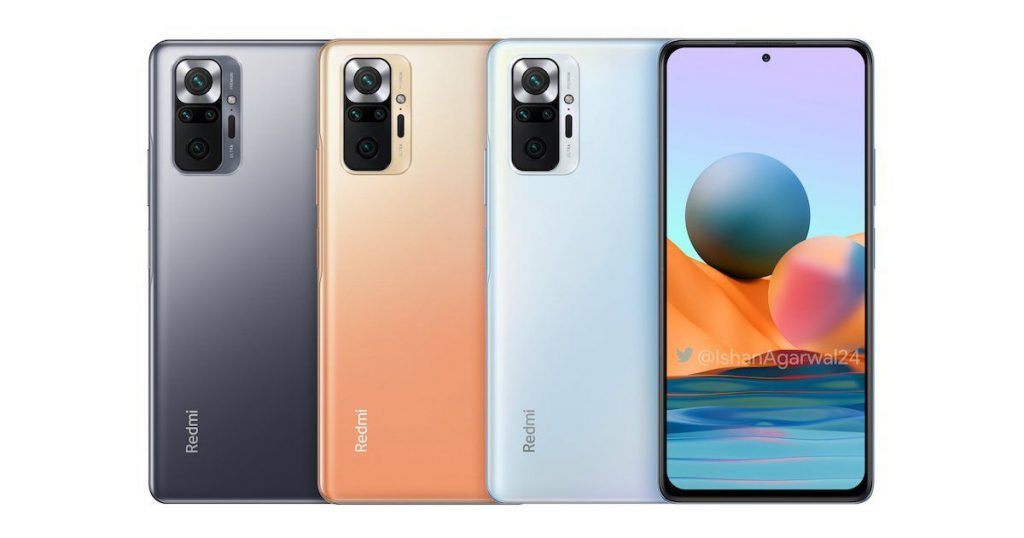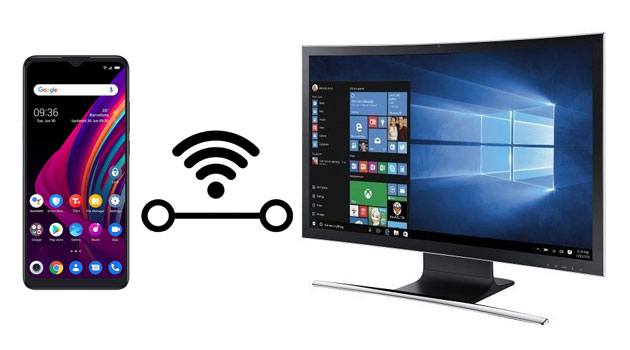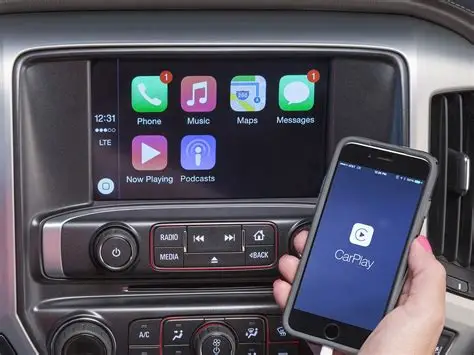Xiaomi’s sister brand Redmi forayed into the 5G smartphone space with their newest offering the Redmi Note 11T 5G in India recently. It is the successor to the relatively new Redmi Note 10T 5G launched just a few months back. Redmi Note 11T 5G comes packed with the MediaTek Dimensity 810 5G SoC, an adaptive LCD panel, dual rear cameras, and more just INR 16,999. This pricing puts the Note 11T into competition with the Redmi Note 10 Pro, a highly successful smartphone. So, how do these two phones compare? Let’s find out.
Redmi Note 11T 5G vs Redmi Note 10 Pro: Pricing
Starting with the pricing, Redmi Note 11T 5G starts at INR 16,999 for the 6GB RAM and 64GB memory variant. The 6GB+128GB memory variant will cost INR 17,999 and the 8GB+128GB variant will cost you INR 19,999. It is available in Aquamarine Blue, Stardust White, and Matte Black color options.
On the other hand, Redmi Note 10 Pro came with a 6GB + 64GB model at launch, but this was pulled out of production. Currently, the 6GB RAM and 128GB model costs INR 17,999 while the 8GB+128GB variant will cost you INR 18,999. It is available in Vintage Bronze, Glacial Blue, and Dark Night color options.
Redmi Note 11T 5G vs Redmi Note 10 Pro: Design & Display
Looking at the design, both phones sport relatively the same dimensions. While the screen size and punch-hole position on both these are the same, the difference lies is in the display tech and bezels. Both phones sport a different back design as well. The Redmi Note 11T 5G comes with a plastic frame and back, and weighs 195g. The phone is slim, comes protected by Corning Gorilla Glass, and manages to add a 3.5mm audio jack with support for High-Res Audio.
The vertical camera setup on the rear houses a dual-lens setup but the cut-out is designed in such a manner that you get an illusion of quad cameras. The Note 11T 5G has a triple-slot tray that houses two SIMs and a microSD card. Additionally, it has an IR blaster, IP53 rating, Dual speakers, X-axis Linear vibration motor, and more.

On the other hand, the Redmi Note 10 Pro gets a plastic frame with Gorilla Glass on both the front and back. The overall profile here is also slim, packs a 3.5mm audio jack, and weighs 192g. Both phones get the company’s new EVOL design. The vertical camera setup on the rear houses a quad-camera system with the Redmi branding on the bottom. Note 10 Pro also gets a triple-slot tray that houses two SIMs and a microSD card. Additionally, it also has an IR blaster, IP53 rating, Dual speakers, and Z-axis Linear vibration motor.
Moving on to the display, the Note 10 Pro takes the edge here with a 6.67-inch Full HD+ Super AMOLED panel with smaller bezels and a punch-hole. The panel here comes with a 120Hz refresh rate, a 180Hz touch sampling rate, and HDR10+ certification out of the box. On the other hand, the Redmi Note 11T 5G packs a 6.6-inch Full HD+ IPS LCD Dot display with a 90Hz refresh rate and 240Hz Touch Sampling rate. This is an Adaptive Refresh rate display that switches between three refresh rates – 50Hz, 60Hz, and 90Hz depending on the task being carried out.
Redmi Note 11T 5G vs Redmi Note 10 Pro: Specifications
The Redmi Note 11T 5G comes powered by the MediaTek Dimsenity 810 SoC and Mali GPU. There are multiple variants of the phone with up to 8GB of LPDDR4X RAM (3GB RAM booster) and 128GB of UFS 2.2 storage, which is further expandable up to 1TB via a microSD card. Then there is a 5,000mAh battery juicing the phone with support up to 33W of fast charging (charger included in the box). There is a dual-camera setup on the back, a 50MP primary camera with f/1.8 aperture, and an 8MP ultra-wide camera coupled with an LED flash. The front gets a 16MP selfie shooter. In terms of connectivity, the phone comes with dual-band 4G and 5G support, dual-band Wi-Fi, Bluetooth 5.1, GPS, and USB Type-C for data transfer.

The Redmi Note 10 Pro on the other hand comes powered by the Qualcomm Snapdragon 732G SoC with Adreno GPU. There are multiple variants of the phone available as well with up to 8GB of LPDDR4X RAM and 128GB of UFS 2.2 storage, which is further expandable up to 512GB via a microSD card. There is a 5,020mAh battery juicing the phone with support up to 33W of fast charging. On the optics front, we get to see a quad-camera setup on the back, a 64MP primary camera with f/1.9 aperture, an 8MP ultra-wide-angle lens, a 5MP tele-macro lens, and a 2MP depth sensor. There is also a 16MP selfie shooter present on the front. In terms of connectivity, the phone comes with dual-band 4G support (since it’s a 4G only smartphone), dual-band Wi-Fi, Bluetooth 5.1, GPS, and USB Type-C for data transfer.
What’s common is a side-mounted fingerprint scanner, and both the phones run Android 11 build with MIUI 12.5 on top.
Redmi Note 11T 5G vs POCO M3 Pro 5G: Verdict
Both these smartphones come with a similar price tag but cater to totally different sets of audiences. We will also have to factor in the launch timing for both of these phones before making a purchase decision. While the Redmi Note 11T comes with dual 5G support, something the buyers are looking for right now, the Redmi Note 10 Pro is a 4G only smartphone. The Redmi Note 10 Pro takes the lead with its 120Hz refresh rate Super AMOLED screen while the Note 11T 5G comes with a 90Hz refresh rate LCD panel. Both phones support 33W fast charging, have similar battery sizes, get an IP53 rating, dual speakers, and the company’s new EVOL design.
So, if you want a new age 5G ready smartphone with a decent camera setup, the Note 11T is your best bet. For a more versatile camera experience, AMOLED panel, 4G only smartphone, the Redmi Note 10 Pro is still the best deal.























Add Comment